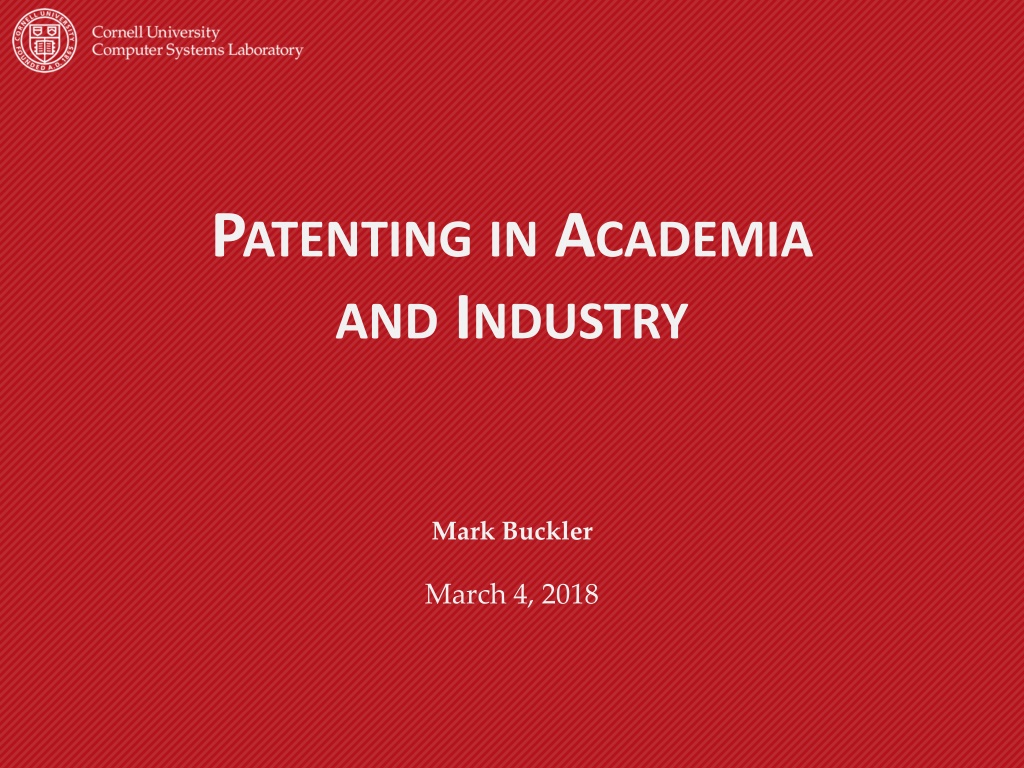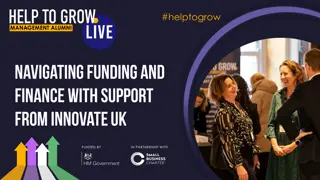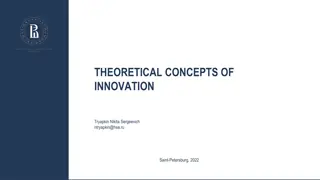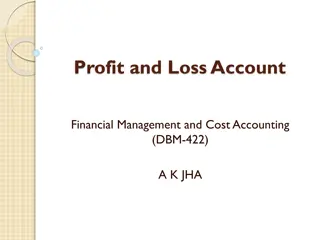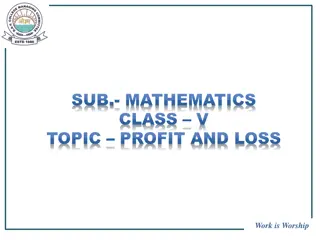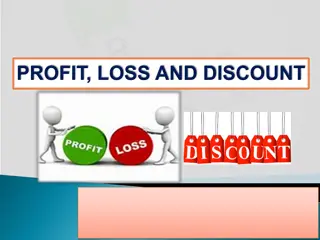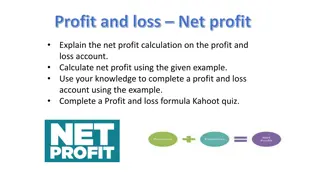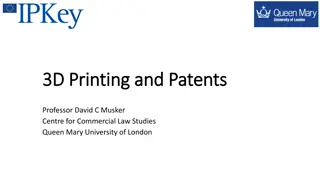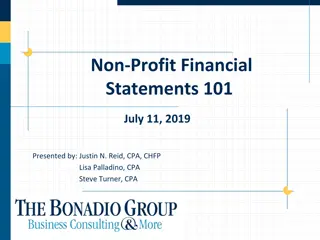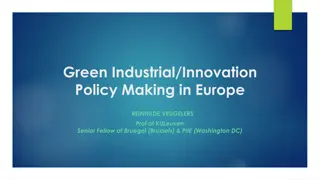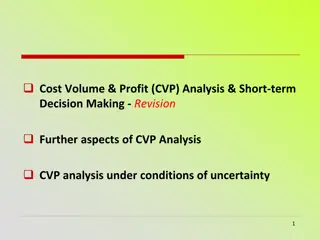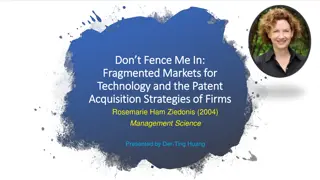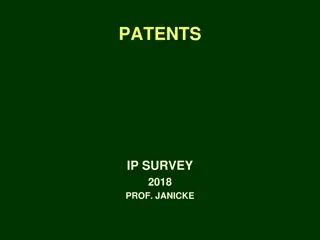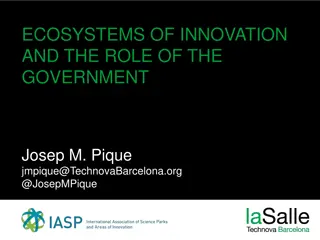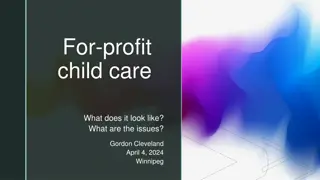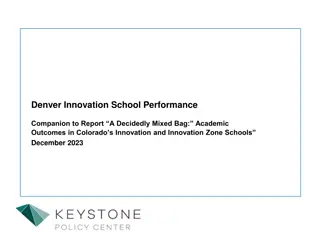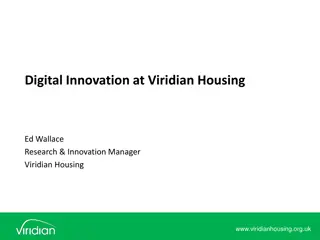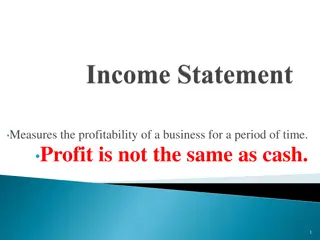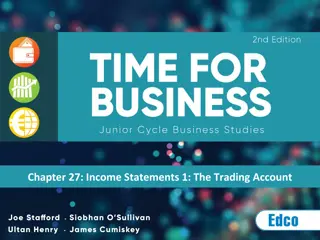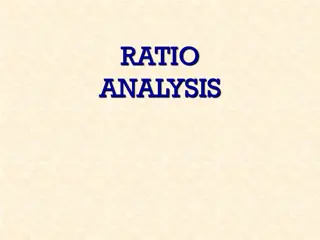Patents: A Guide to Innovation and Profit
Explore the world of patents in academia and industry, uncovering the reasons for research, methods of making money from ideas, the intricacies of patents, and what can be patented. Learn how to leverage intellectual property for financial gain.
Uploaded on Aug 15, 2024 | 0 Views
Download Presentation

Please find below an Image/Link to download the presentation.
The content on the website is provided AS IS for your information and personal use only. It may not be sold, licensed, or shared on other websites without obtaining consent from the author.If you encounter any issues during the download, it is possible that the publisher has removed the file from their server.
You are allowed to download the files provided on this website for personal or commercial use, subject to the condition that they are used lawfully. All files are the property of their respective owners.
The content on the website is provided AS IS for your information and personal use only. It may not be sold, licensed, or shared on other websites without obtaining consent from the author.
E N D
Presentation Transcript
PATENTING IN ACADEMIA AND INDUSTRY Mark Buckler March 4, 2018
WHYDOWEDORESEARCH? Many possible reasons To altruistically expand human knowledge To support engineering industry To solve interesting puzzles As an excuse to travel to exotic conference destinations Always thought our name would sound cool with Dr in front
WHYDOWEDORESEARCH? Many possible reasons To altruistically expand human knowledge To support engineering industry $$$ To solve interesting puzzles As an excuse to travel to exotic conference destinations Always thought our name would sound cool with Dr in front
HOWTOMAKEMONEYFROMIDEAS Useful but intangible ideas are Intellectual Property (IP) Trademark recognizable sign, design, or expression Trade secret secret information which gives economic advantage over competitors or customers Copywrite exclusive rights to an original work of authorship Patent exclusive rights to a solution to a specific technological problem
WHATISA PATENT, ANDHOWDOWEMAKEMONEY? A patent on a specific invention gives exclusive usage rights of that idea to whoever holds the patent. Inventor(s): Person or people who conceived of the patented invention Assignee: Person or company who owns the patent You can make money by Making and selling products or services with the patented invention Selling the patent to another organization Licensing out the patent in exchange for a percentage of sales Suing for the profits made by an organization who used the patented invention without your permission
WHATCANBEPATENTED? A patentable idea must have all of the following properties: Non-abstract Man-made Novel Non-obvious Useful
WHATCANBEPATENTED? A patentable idea must have all of the following properties: Non-abstract Man-made Novel Non-obvious Useful ?2+ ?2 ? =
WHATCANBEPATENTED? A patentable idea must have all of the following properties: Non-abstract Man-made Novel Non-obvious Useful
WHATCANBEPATENTED? A patentable idea must have all of the following properties: Non-abstract Man-made Novel Non-obvious Useful
WHATCANBEPATENTED? A patentable idea must have all of the following properties: Non-abstract Man-made Novel Non-obvious Useful
WHATCANBEPATENTED? A patentable idea must have all of the following properties: Non-abstract Man-made Novel Non-obvious Useful
IF I DONTOWNTHEPATENT, WHYBOTHER? In either a company or a university, they NEED you Industry Patents can be a replacement for publishing (useful for visa) Cash bonuses for having an IDF approved and eventual issued patent Academia Possible influence over who uses the patent Personal share of licensing fees Cornell: 1/3 Inventor(s), 1/3 CTL, 1/3 Department
SHOULD I FILEAPROVISIONALAPPLICATION? Provisional applications are inexpensive, free-form, and last for a year Personal: If you aren t under a Confidential Information and Inventions Assignment Agreement (CIIAA) then its probably worth it! In an organization: Gets the filing date started before making claims
WHENSHOULD I FILE? ASAP! A good choice is right after conference submission The US A first-inventor-to-file country as of 2013 One year grace period after publishing Other countries No such thing as an international patent (IPCU) Some are first-to-invent and others first-to-file Most others have no grace period
OKYOUWANTTOFILE. NOWWHAT? The Invention Disclosure Form (IDF) 1. Who are the inventors? 2. What problem does the invention solve? 3. What prior art are you aware of? 4. What competitors are you aware of? 5. What are the unique features of the invention? 6. How does the invention work? 7. Are there any alternative versions of the invention? 8. How could the invention be used? 9. How can the use of this invention be detected? 10. Who might want to purchase or license the potential patent?
WHOARETHEINVENTORS? Author: Person who made important contributions (building prototypes, testing, writing) Inventor: Person who conceives of an original, useful, and non-obvious idea Use best judgement to consider if any of your collaborators co-conceived the idea with you Be careful! Patents have been invalidated before for incorrect inventor lists.
WHATPROBLEMDOESTHEINVENTIONSOLVE? Think about this like the Motivation + Background sections of a paper Background: Set the stage. What is the state of your field like? Motivation: Why was the invention created? Why are people worse off without your invention?
WHATPRIORARTAREYOUAWAREOF? Think about this like the Related Work section of a paper Prior art includes any patents, papers, documentation, or other published information
WHATCOMPETITORSAREYOUAWAREOF? Who else (people, research groups, companies, universities) is working on the same problems that you are? What competing inventions or full products are you aware of? What flaws do these competitors have that necessitate a better solution?
WHATARETHEUNIQUEFEATURESOFTHEINVENTION? Think about this like the Contributions section of a paper This is where you put the big sales pitch for your invention. Stress why your differences represent a competitive advantage
WHATARETHEUNIQUEFEATURESOFTHEINVENTION? Think about this like the Contributions section of a paper This is where you put the big sales pitch for your invention. Stress why your differences represent a competitive advantage
HOWDOESTHEINVENTIONWORK? The most complex section of the IDF Try to focus on clarity for a non-expert reader Use pictures whenever possible Consider adding in a jargon glossary
ARETHEREANYALTERNATIVEVERSIONS? Your prototype represents only one possible choice for each design decision Explain the entire design space to ensure broad claims Include versions which you consider inferior!
HOWCANTHEUSEOFTHISINVENTIONBEDETECTED? Part of a patent s value is how easy the invention can be detected Consider general forensic methods in your field If its too hard to detect use, your organization may prefer to protect your invention as a Trade Secret
WHOMIGHTWANTTOLICENSETHEPATENT? If you are in a company, this likely won t even be asked since it is assumed the company will use the patent Otherwise, consider: Large companies Startup companies Non-practicing entities If you want to use the patent in a startup of your own, be very clear about this!
FINAL WORDS CTL hosts workshops pretty frequently, have been helpful CAPRA has filed 5 IDFs so far, repo with template available!
